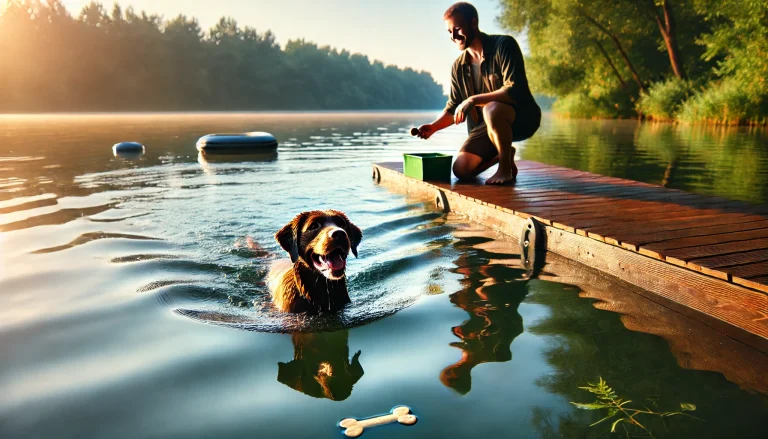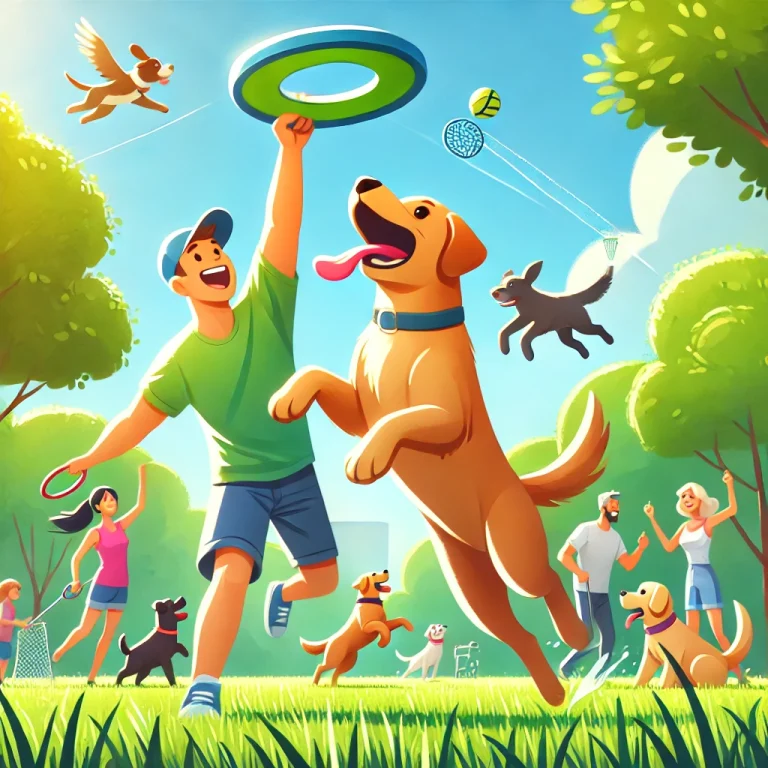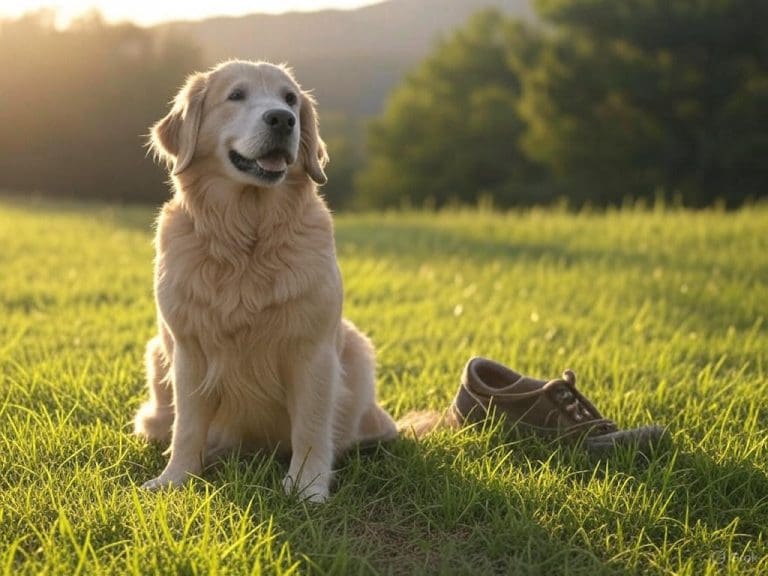The Number One Dog Training Mistake Every Owner Makes
Hi Dog Lovers,
Have you ever wondered why your dog’s bad habits seem to get worse no matter how much you try to “comfort” them? You’re not alone—millions of pet parents fall into this trap every day. Today, we’re diving into the #1 mistake in dog training: inadvertent praising, where owners accidentally reinforce unwanted behaviors. Drawing from years of experience at Off Leash Georgia and insights from experts like the American Kennel Clubakc.org, we’ll break it down, update it with the latest understanding of canine behavior, and give you actionable steps to fix it. Let’s turn those frustrating moments into opportunities for a happier, better-behaved pup!
What Is Inadvertent Praising?
Dog owners know the basics: praise good behavior and correct the bad. But what if you’re unknowingly rewarding the very behaviors you want to stop? Inadvertent praising happens when we reinforce unwanted actions without realizing it—often because we treat our dogs like little humans, explaining things or offering comfort in ways they interpret as approval. This stems from operant conditioning, a key principle in animal learning where behaviors followed by positive outcomes (like attention or pets) are more likely to repeatgreensidecanine.com. Unfortunately, dogs don’t understand our words; they respond to tone, touch, and timing. Over time, this creates a cycle that escalates issues like fear, reactivity, or jumping.
Expanded from our original insights, inadvertent praising falls into two main categories, but we’ll also touch on broader examples and prevention tips to help you spot and avoid it.
1. Inadvertently Praising Fear
Fear-based behaviors are common, especially in rescues or sensitive breeds. For instance, if your dog cowers during thunderstorms, hides from strangers, or shakes at the vet, your instinct might be to scoop them up, pet them soothingly, and coo in a high-pitched voice: “It’s okay, buddy, don’t be scared—it’s just thunder!” While well-intentioned, this verbal (high tone) and physical (petting) praise tells your dog: “This fearful reaction is good—keep doing it!” As a result, the fear intensifies, leading to a vicious cycle where the dog becomes more anxious and dependentpoochesatplay.com.
Other examples include pulling away from doorways or trembling at loud noises like fireworks or wind. Owners often exacerbate this by getting on the floor with the dog or offering treats to “calm” them, which accidentally chains the behavior (linking fear to reward)drjensdogblog.com.
What You Should Do Instead:
- Stay neutral at minimum: Do nothing. Remain calm and composed—no coddling, extra attention, or soothing talk. Dogs look to their leaders for cues; if you’re unfazed, they may relax and follow suit.
- Distract with movement: If your dog is leashed and space allows, gently encourage them to walk or play to shift focus away from the trigger.
- Redirect with obedience: For dogs with solid training, issue commands like “sit” or “down.” Praise only once they comply and hold the position—use verbal approval, pets, or treats to reinforce the positive action, not the fear.
- Pro Tip: Build desensitization gradually. Expose your dog to mild versions of the fear trigger (e.g., low-volume thunder recordings) paired with fun activities, but avoid rewarding the fear response itselfwhole-dog-journal.com.
By ignoring the fear and rewarding bravery or compliance, you’ll help your dog build confidence over time.
2. Inadvertently Praising Other Unwanted Behaviors
This category is vast, covering everything from jumping and excessive licking to reactivity, aggression, or even begging. A classic example: Your dog spots a trigger (another dog, a bike, or a child) and starts barking or lunging. You pet them while saying in a soft, high tone, “It’s okay, calm down,” or pick them up for comfort. That petting and tone? Pure praise in dog terms, reinforcing the reaction and making it worse with each repetitiondogrelationsnewyorkcity.com.
Simpler scenarios abound, like jumping on guests—you push them down but pet them while holding them still, or they beg at the table and you slip them a scrap “just this once.” Even leash pulling can be reinforced if you keep walking forward despite it. These accidental rewards create “behavior chains,” where the dog learns a sequence leading to attentiondrjensdogblog.com.
Expanded examples:
- Begging: Dropping food from the table teaches your dog that whining or staring gets results.
- Demand barking: If you respond to barks for play or food, you’re training them to bark more.
- Pawing or nipping: Common in play, but if you laugh or engage, it escalates to unwanted roughnessscentsabilitiesnw.com.
What to Do Instead:
- Use a clear correction word: Pick one simple term like “no,” “off,” or “stop” for all unwanted behaviors. Say it firmly (not yelling) to mark the action as undesirable—dogs have limited vocabulary, so consistency is keypawprintseasley.com.
- Physically redirect: For jumping, push sideways off-balance without eye contact or talk. For pulling, turn their head away or change direction. Avoid harsh methods, as negative reinforcement can damage trustoffleashk9oklahoma.com.
- Praise the stop immediately: As soon as the behavior ends—e.g., they sit calmly instead of jumping—lavish praise, pets, or treats. Timing is crucial; poor timing can reinforce the wrong thingwhole-dog-journal.com.
- Pro Tip: Prevent setups for failure. Keep treats handy but don’t overuse them, as this can lead to dependency or weight issuesquora.comoffleashmke.com. Practice in low-distraction environments first, and be consistent across all family members to avoid mixed signalstheregalbeagle.net.
Why This Matters and How to Prevent It Long-Term
In our experience at Off Leash Georgia, true behavior modification requires trust, control, and obedience—they go hand in hand. Without them, inadvertent praising sneaks in, undoing progress. Watch for signs like behaviors worsening despite “corrections” or your dog seeking attention through mischief. To prevent it:
- Focus on positive reinforcement for desired actions only.
- Train with professionals to refine your timing and techniques.
- Socialize early and often to reduce fear triggers.
If you’re dealing with these issues, don’t go it alone. Our programs tackle any breed, age, or problem, blending obedience with targeted fixes.
Ready to break the cycle? Visit offleashgeorgia.com to schedule a consultation or learn more about our training packages. Your dog (and your sanity) will thank you!
Wags and Woofs,
The Off Leash Georgia Team
We Train Any Breed, Any Age, Any Issue!






